Learn how to make tofu taste good with this ultimate guide! Here are 10 helpful tips that will make cooking with tofu easy and help you give your tofu greater texture, flavour, and versatility.
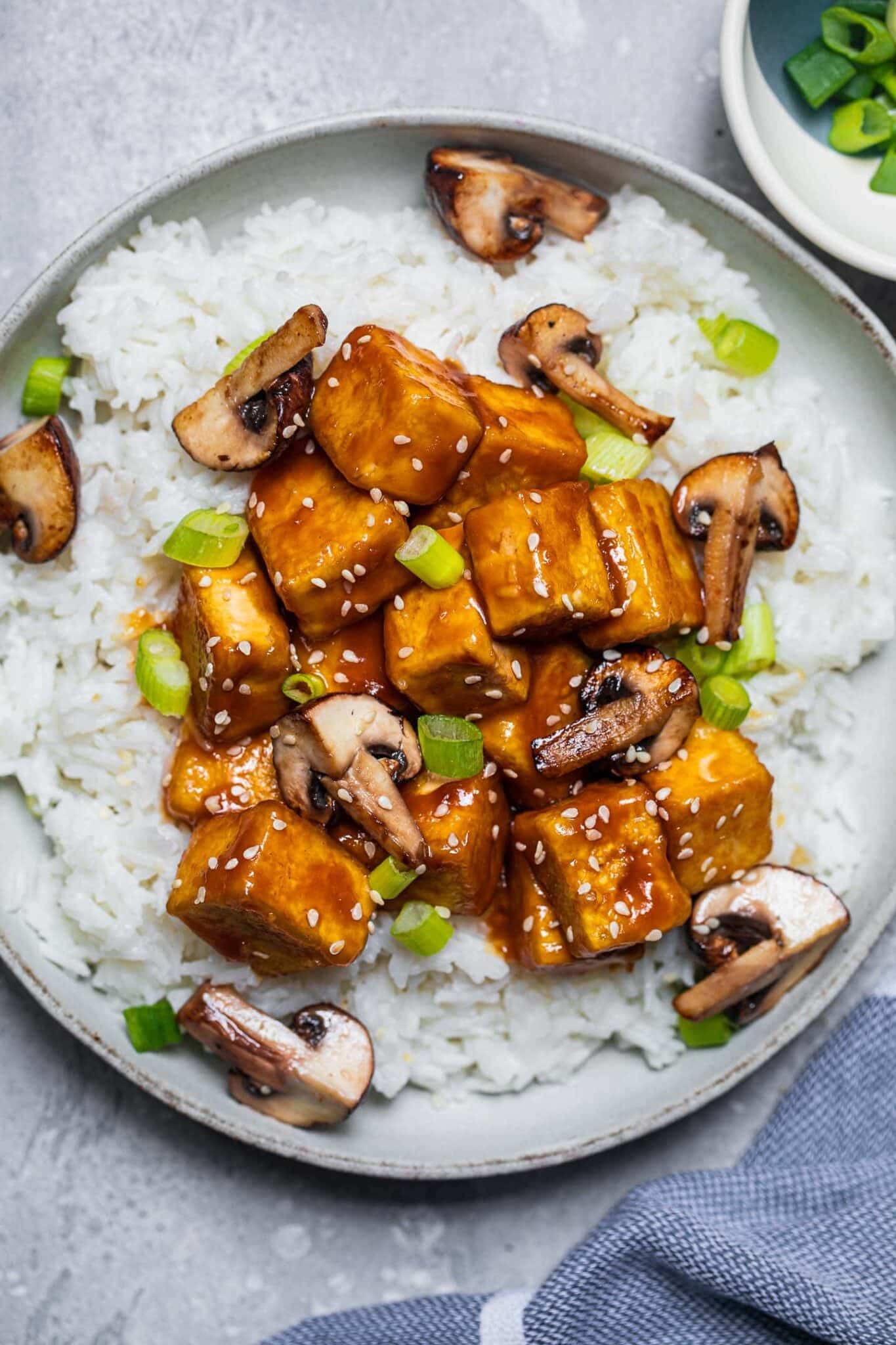
I eat it pretty much every single day, oftentimes straight out of the packaging when I need a quick snack. But I’ve reached a whole different level of vegan and I don’t quite expect anyone else to do that.
Hence, I’m writing this post to hopefully convert anyone who’s yet to try tofu or has had bad experiences with it in the past - to turn tofu haters into tofu lovers.
Tofu, unfortunately, has a negative reputation outside the vegan community, and sometimes within it too.
And I get why – the uncooked texture is strange and watery. It takes a little bit of practice to get the method just right.
But the following guide will take you through my top tips for making tofu taste amazing and include recipes for you to practice on. T
rust me, by implementing a lot of them, you won’t even realize that you’re eating tofu, regardless of your current dietary preference!
And when you’re ready, why not check out my guide to tofu recipes that will make you fall in love with this ingredient?!
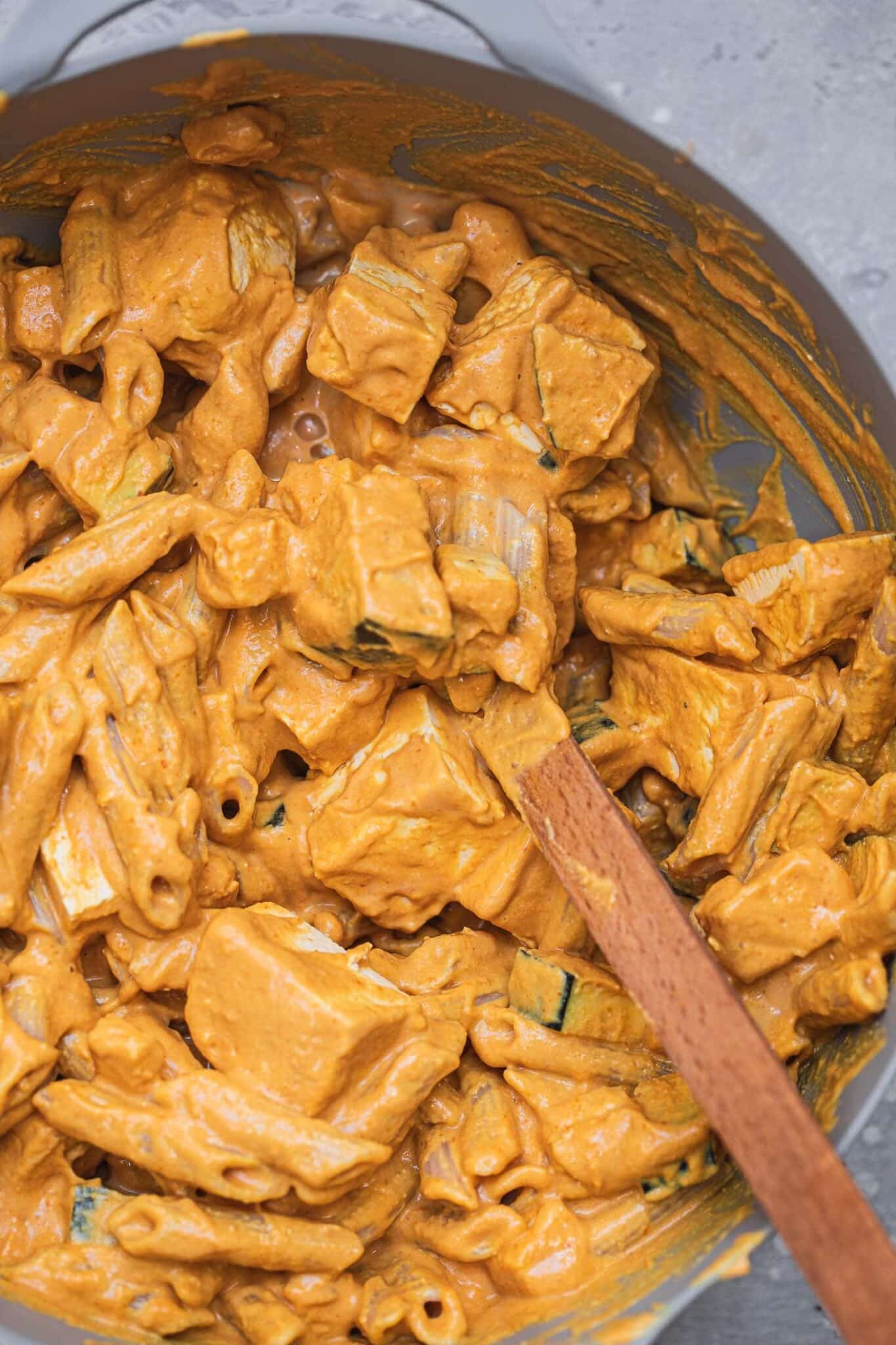
What is tofu?
Tofu is made out of soy beans which are boiled, curdled and pressed into blocks. In China, Japan, Korea, and Southeast Asia, tofu has been a staple ingredient for thousands of years, and continues to enjoy enormous popularity throughout the world.
For vegans, it’s a great source of protein and a wide variety of vitamins and minerals. As someone that loves working out, I love it as a source of protein and a way to make my meals more satiating.
How to Make Tofu Taste Good
These are some of my favourite ways to use tofu in my meals and make it taste great every time. I’ve also included useful facts that will help you understand the ingredient better, as that’s one of the keys to being successful in the kitchen!
If you have any more, be sure to share them in the comments with myself and other readers.
1. Understand the different tofu varieties.
In the grocery store, you’ll come across various types of tofu, and it’s important to understand the different tofu types because they all have different purposes.
Basically, what distinguishes them is how much they have been pressed and thus how much water they hold. I encourage you to try as many as possible to see which one you like best!
Silken Tofu
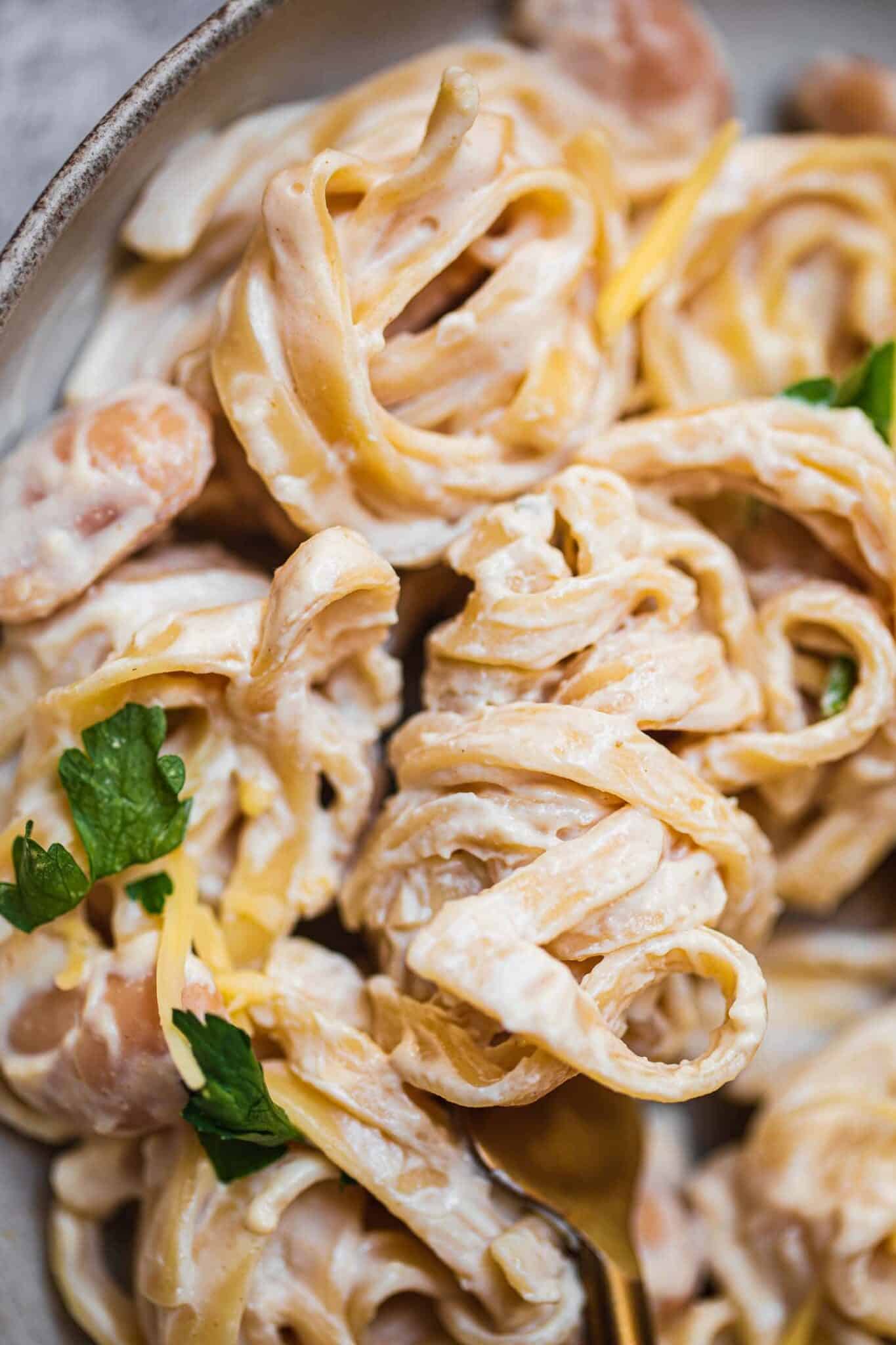
Silken tofu is very soft, and crumbles up easily too. It has a smooth texture, almost like custard, and the highest water content in comparison to the other tofu types. Pressing this type of tofu won’t work, and therefore it’s best used exactly as it comes in the packaging,
You commonly find it used in miso soup and it’s also the best tofu variety for blending. Think soups, smoothies, salad dressings and so much more. I love adding it to pasta sauces, too.
Firm Tofu
Firm tofu is the most commonly-used type of tofu. It’s a lot harder than silken tofu, but still porous and softer than extra firm tofu.
Firm tofu is incredibly versatile, perfect for frying, baking, air-frying, marinating, and so much more. It usually retains a softer texture during the cooking process and the best option for soaking up the flavors of a marinade.
Extra firm tofu
I use extra firm tofu a lot, it’s one of the top 10 stales in my fridge for sure. Extra firm tofu usually comes submerged in a little bit of liquid or none at all, and frequently doesn’t need to be pressed.
After preparation, it has a chewier and denser texture than firm tofu. If you are going to make crispy tofu, this is the variety that I would recommend using to create a texture that almost resembles chicken.
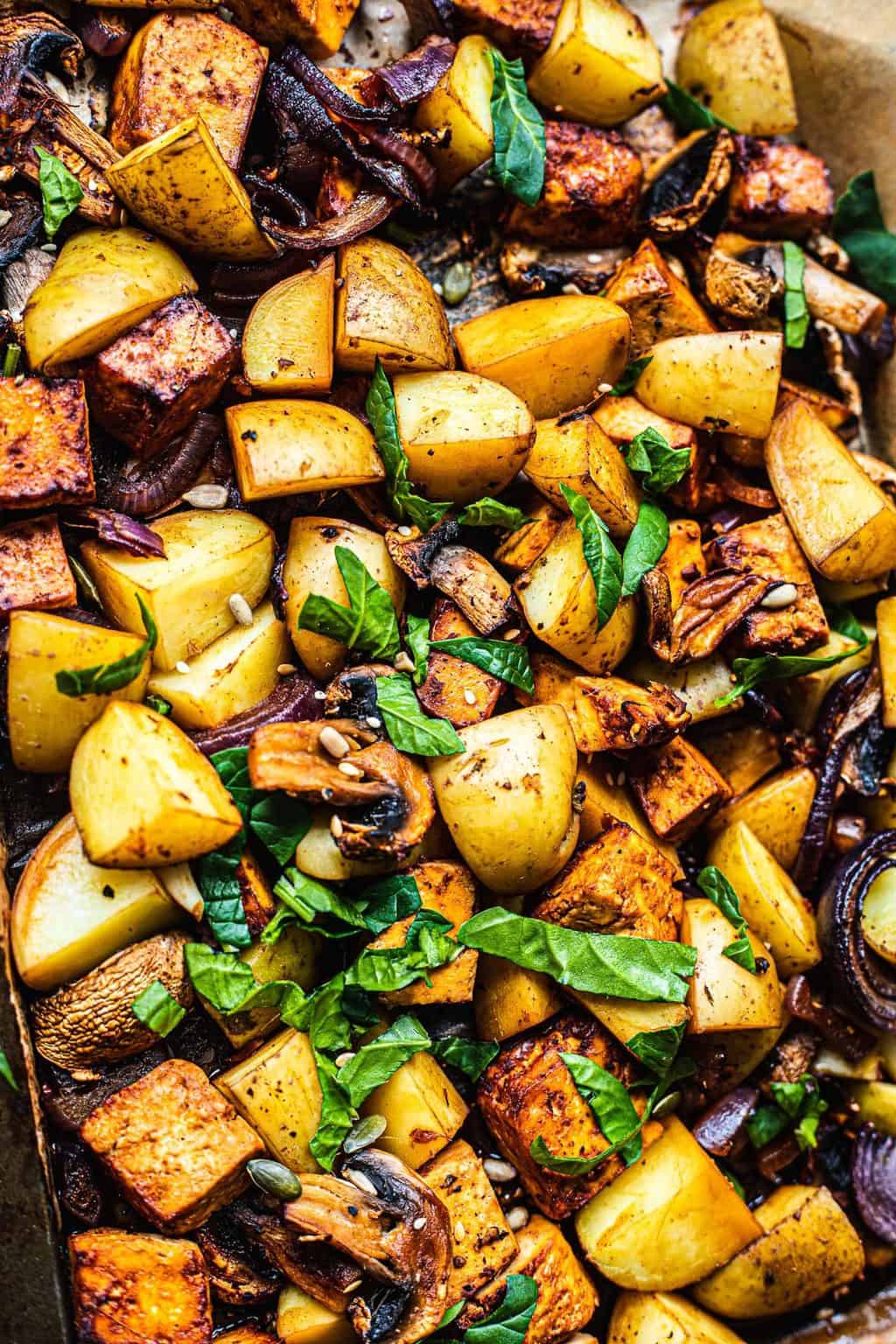
2. Press your tofu.
Everyone says this, and for good reason. Although, remember that it’s not always necessary: for instance, pressing extra firm tofu can make it too dry and the distinguishing quality of silken tofu is its softness.
But in general, pressing tofu will help you achieve better texture and a quicker cooking time, too.
Here is how to press tofu:
- Cut the block of tofu into cubes and lay them out on a flat surface, like a chopping board.
- Place a few paper towels on top, followed by a heavy object such as a frying pan.
- Weigh the frying pan further with other objects, such as jars, cans, or books.
- Leave for 15-30 minutes before using the tofu as intended.
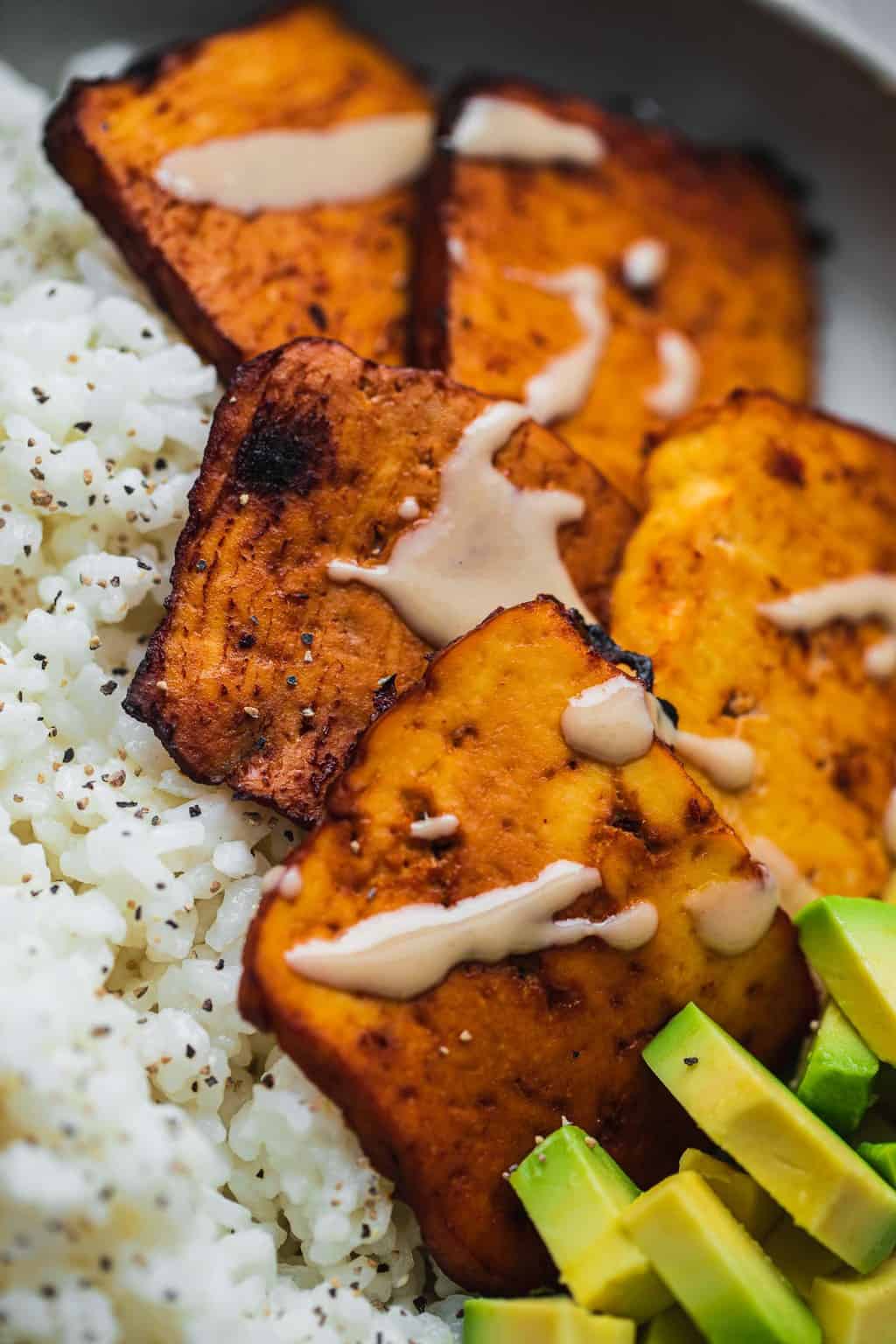
3. Marinate the tofu – for a long time!
I looove marinating tofu – for instance, I sometimes make a batch of BBQ tofu to snack on during the week! You can create whatever flavor you want, whether spicy, rich and savoury, umami, or subtly sweet.
Marinade for at least 30 minutes, or preferably for 4+ hours or even overnight. Do this in a covered shallow dish.
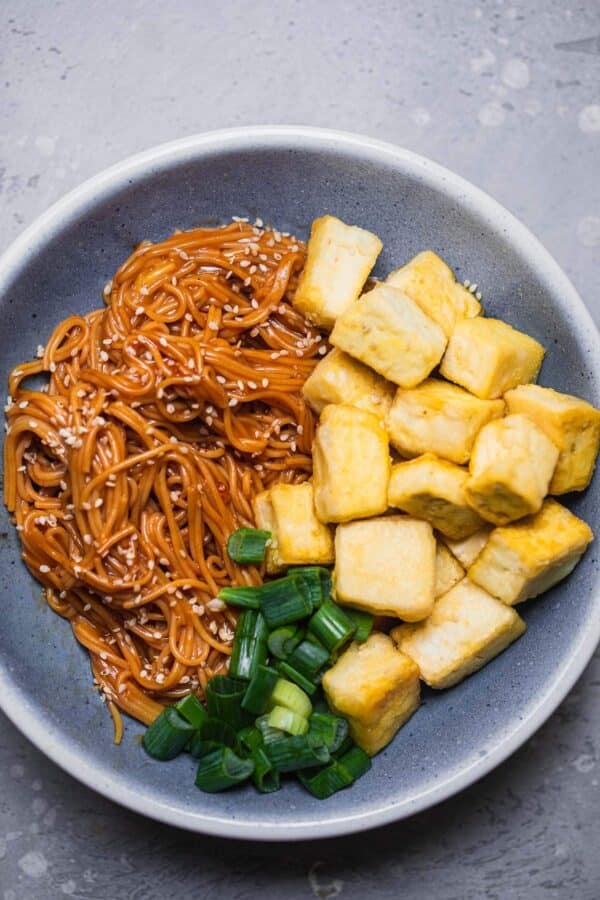
4. Use cornstarch to make crispy tofu.
My favorite way to make tofu taste good? Make it crispy!
Either transfer the cornstarch (arrowroot powder works too) in a bowl and dip the tofu, or add it to a ziplock bag together with tofu cubes and shake to coat. Then, simply pan fry it until golden and crispy on all sides!
You don’t need a lot of oil for this – 1-2 tbsp works perfectly well. The pan-frying process takes 10-15 minutes in total, but ensure to rotate the cubes every 2 or 3 minutes to achieve crispiness on all sides.
5. Use sesame oil for pan-frying.
Tofu pan-fried in sesame oil is one of the yummiest ways to cook it! It helps add a lot more flavor than olive oil and takes heat better too.
6. A good sauce is your best friend.
Now, keep in mind that even if you marinade tofu for hours, it might still not live up to its full potential of comfort and flavour. This is where sauces come in.
In general, a sauce can take a boring dish to the next level, so don’t skimp on this. And there are just so many options!
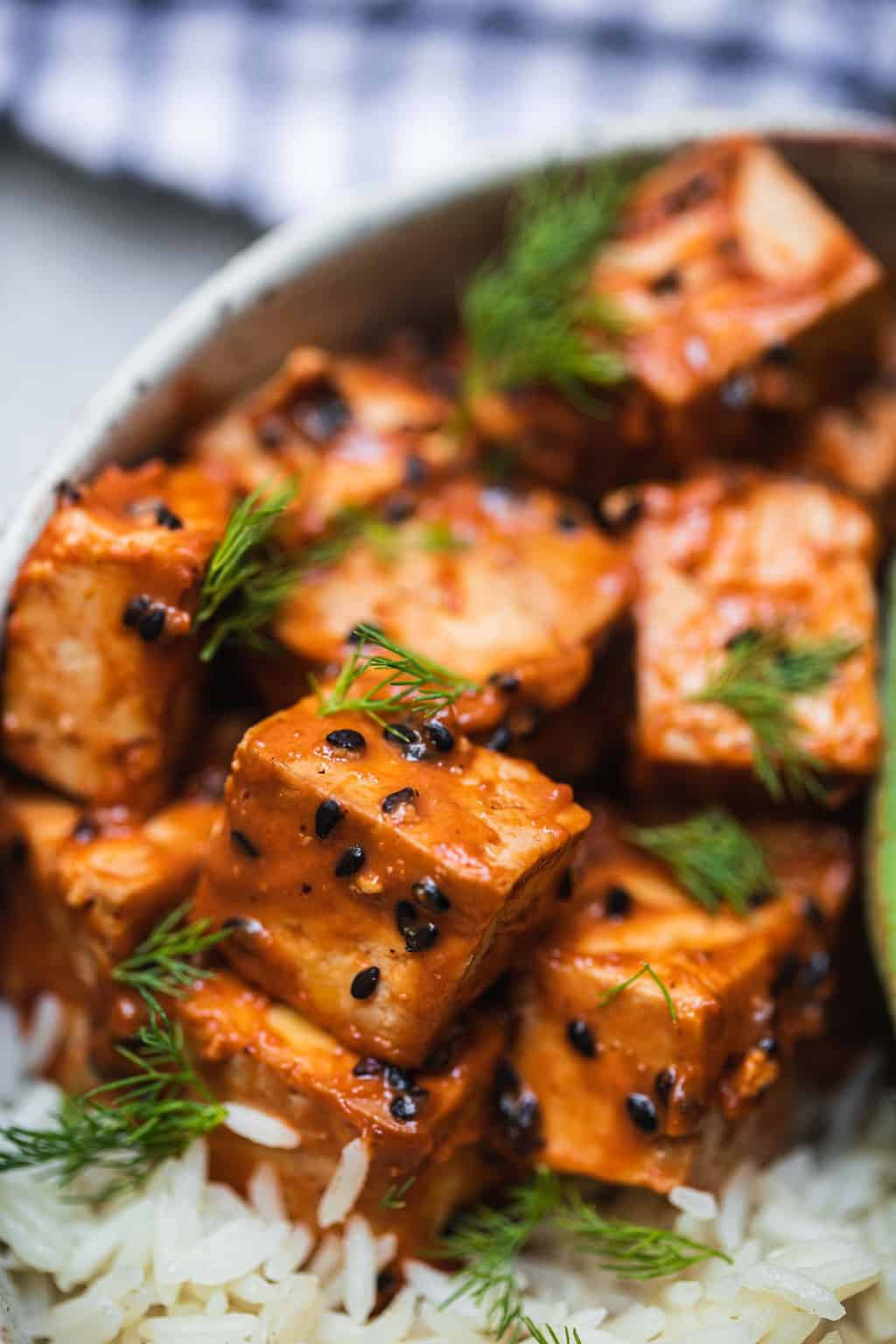
For instance, my sesame peanut tofu is creamy with a sweet undertone. Sweet and sour tofu is another one of my favourites. In my simple pasta bake, it goes perfectly well with the creamy, slightly cheesy sauce the pasta is baked in.
But even something as simple as crispy tofu made following the steps described above and then dipped in ketchup can be delish!
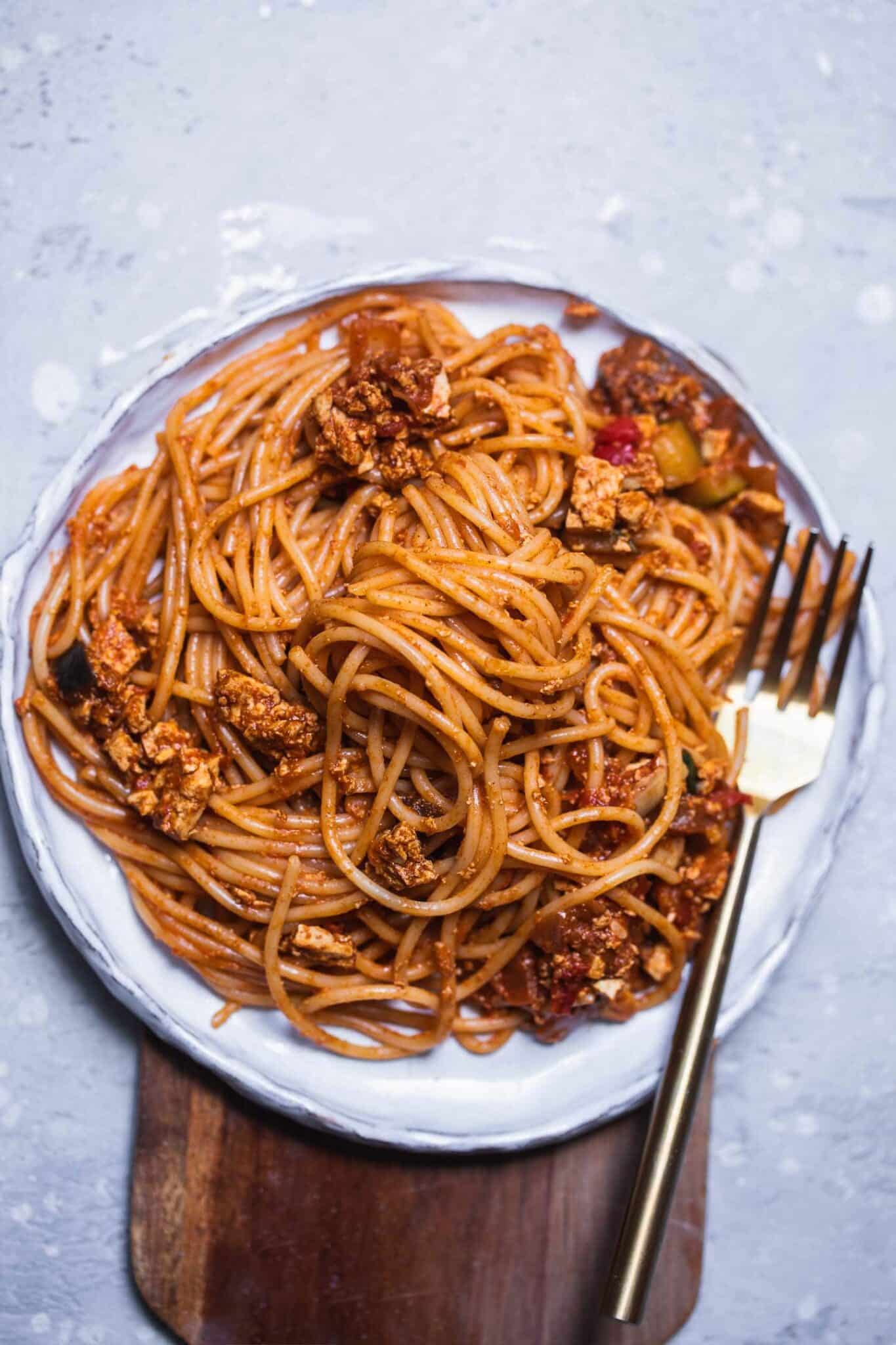
7. Crumble it up.
When crumbled up, tofu can be used as a great meat alternative in dishes such as my smoky tofu eggplant pasta and vegan spaghetti bolognese. I also love adding it to curry to impress non-vegans because they don’t even realise they’re eating tofu!
And of course, tofu scramble is a fantastic alternative to scrambled eggs, and I have a guide on how to make the best scrambled tofu. You can even turn it into oat and tofu vegan ‘egg’ muffins.
8. Use your blender.
You may worry that your sauces and soups will contain a distinctive tofu-y flavour, but fear not because tofu is very neutral in taste. It’s super easy to mask it with other ingredients.
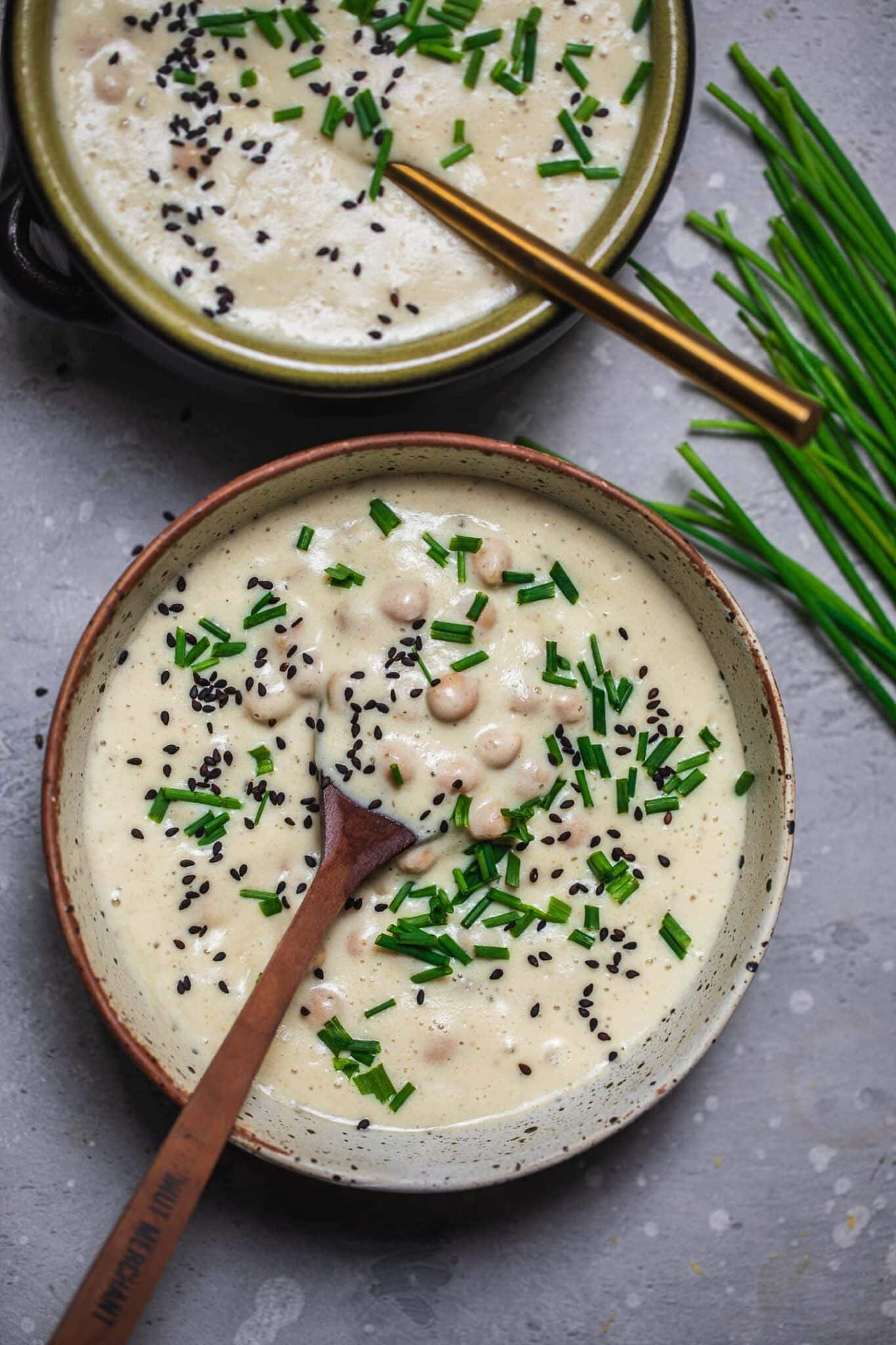
For blending, I’d recommend using silken tofu in both sweet and savoury dishes for the creamiest, smoothest texture that will impress anyone. Firm or extra firm tofu results in a denser texture, and you may need to use a high speed blender such as a Vitamix to get rid of graininess.
You can use tofu to make a wide variety of dishes. For instance, how about some tahini garlic pasta?! Or butternut squash mac and cheese? For a sweet option, make a dreamy protein chocolate smoothie bowl with cookie dough bites.
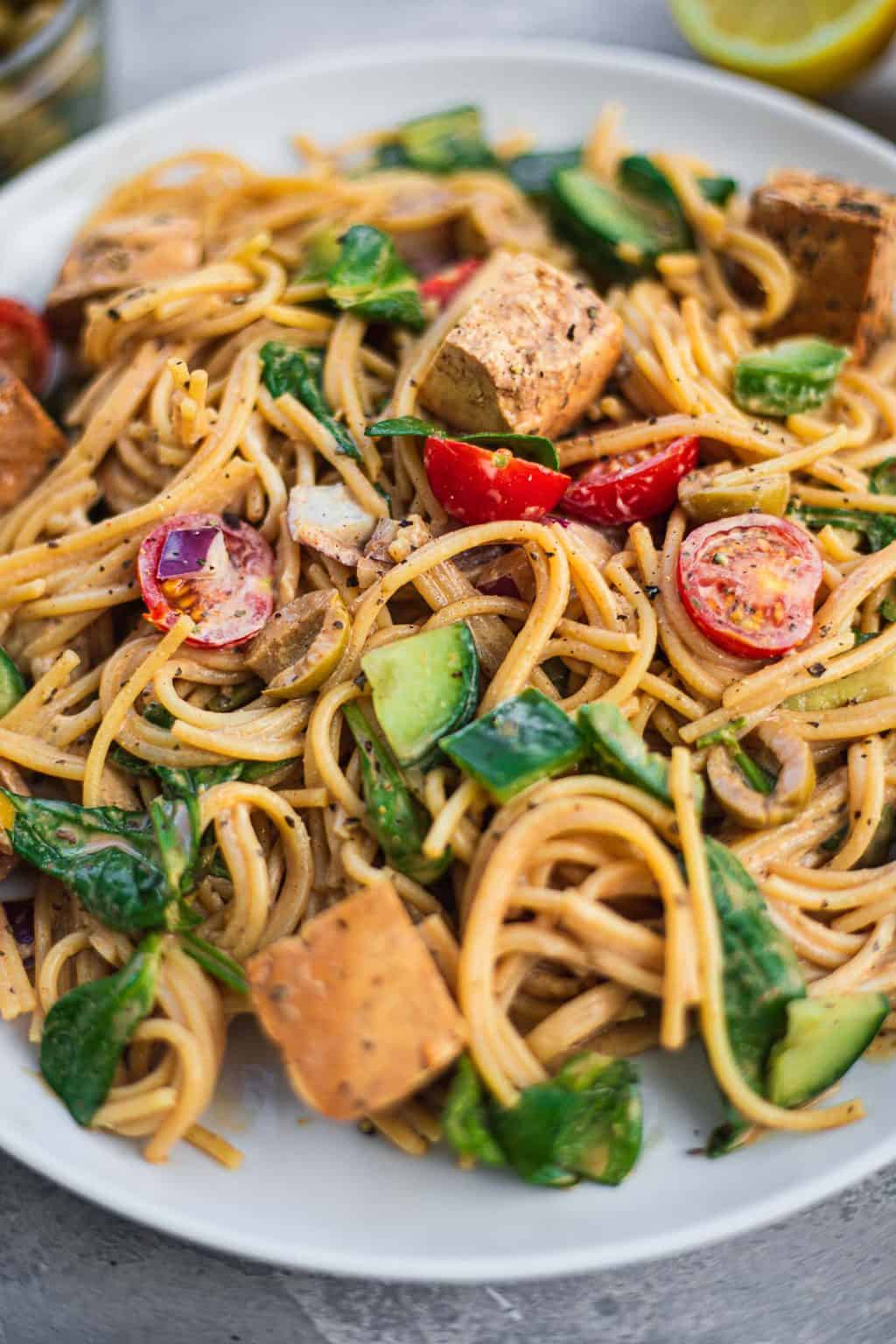
9. Eat it hot or cold.
If it’s one of those days when you don’t feel like cooking, you can still enjoy tofu!
It’s delicious eaten either hot or cold, as long as you use a good marinade/sauce. My macaroni salad with tofu ‘feta’ is a great example!
10. Freeze Tofu.
Freezing tofu, either as cubes or as a whole block, results in a chewier, denser texture, so definitely give it a try if that’s what you prefer. Defrosted tofu also absorbs flavors better.
Give both options a try and see which one you prefer! When it comes to tofu tricks, you definitely have to experiment and see which ones work the best for you.
And that’s it from me for today on how to make tofu taste good! Let me know: what’s your favorite way to cook with tofu? What’s a tofu-based dish you could never get bored of? Reply in the comments - and don't forget to pin these tips for later.


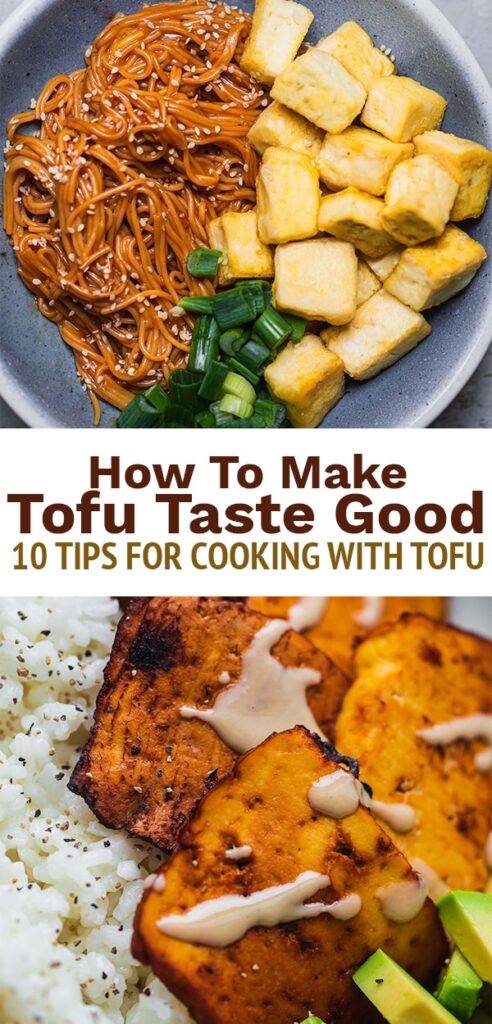
Comments
No Comments